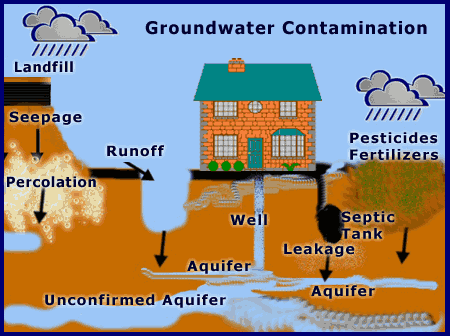http://www.cantonrep.com/news/x1842807482/Stark-air-quality-is-improving

Summary:
In Stark County, Ohio, has been considered an area with air pollution since 2007. The pollution came from diesel vehicles where the particles are so tiny that they are able to get deep inside the lungs causing a multitude of health issues. Now the air seems to be a lot fresher. The county wants to show that their air is cleaner. To prove that it is though they need to pass a few inspections given by the EPA. 1) the air quality levels have to be lower than it was in 2007. 2) The difference happens because of permanent solutions. And 3) they have to maintain the air quality for 10 years. Luckily Heidi Greismer, works for the EPA, states that there are going to be more changes regarding coal-burning power plants and diesel vehicles which will help with lowering the amount of air pollution. She also released a statement that said instead of just checking if the air is recovering but also if it is worsening.
Reaction:
I'm glad that Stark County was able to realize that the environment that they were living in was very unhealthy and make some changes. I believe that with them keeping cutting some of these pollution sources that the air quality would be back to normal in no time. I also like the idea that they are going to keep an eye out if the quality is either improving or worsening. I think more cities in the US should follow in there footsteps to create a healthy atmosphere.
Questions:
1) What else could the residents do to reduce air pollution?
2) How long do you think it will take for the air to return to normal? why?
3) Do you think that Hatboro- Horsham would be in the same position if it isn't already?


















